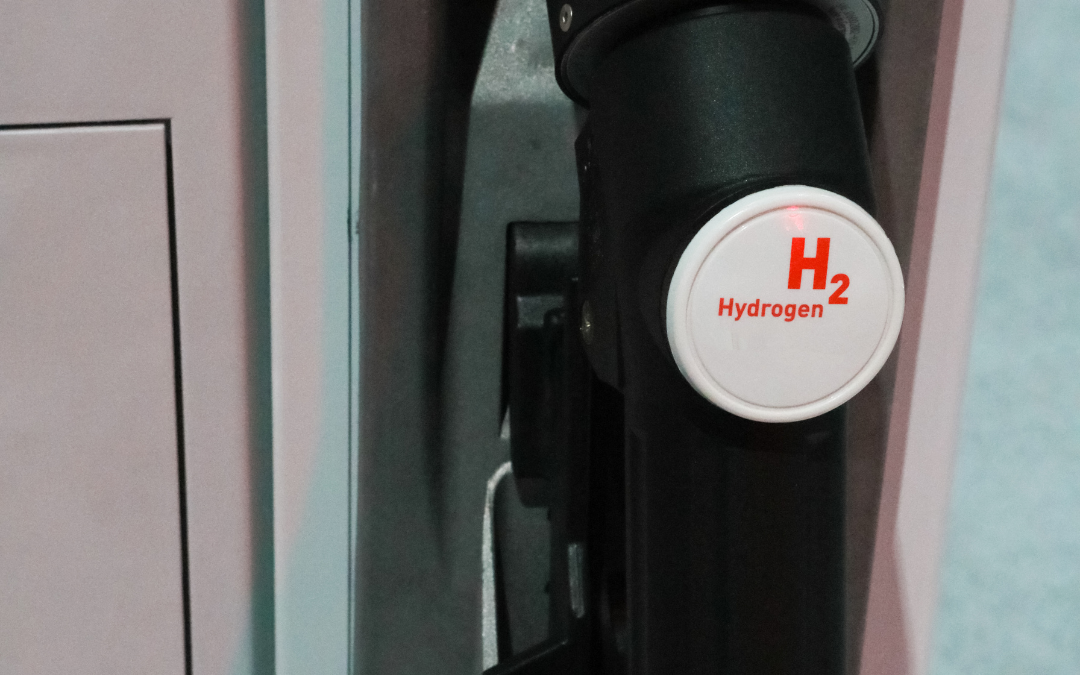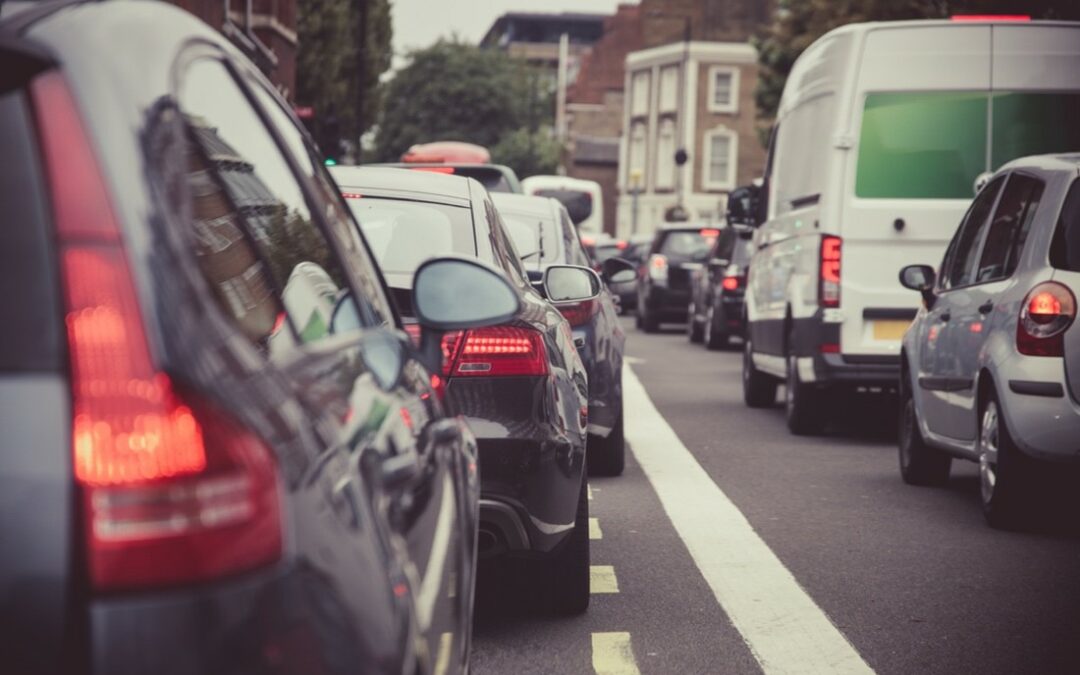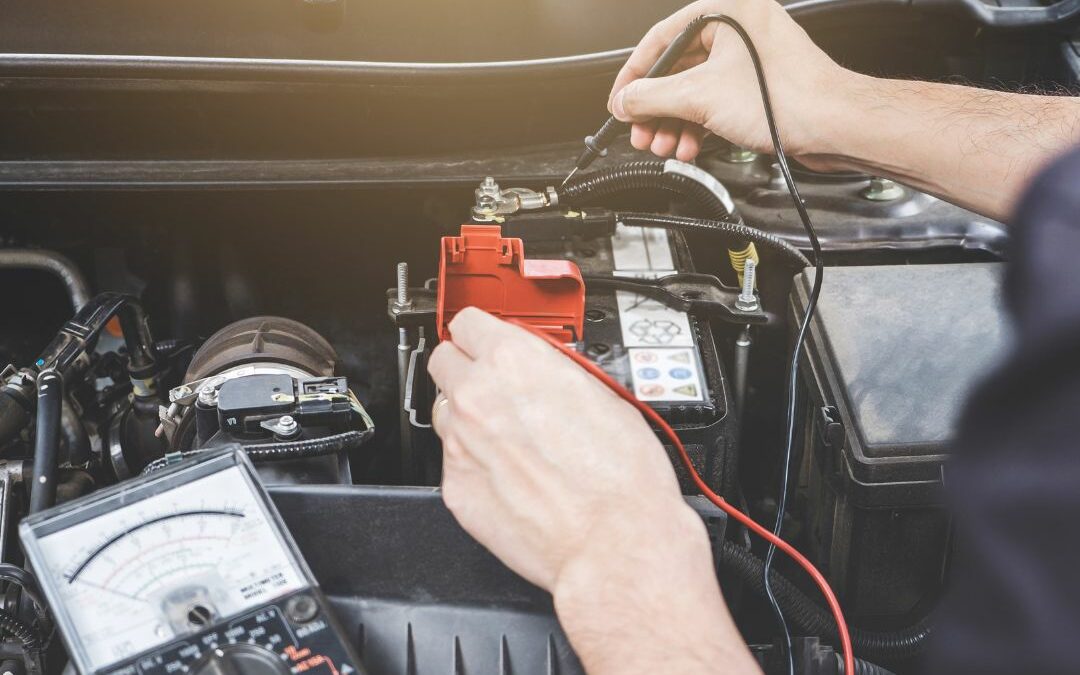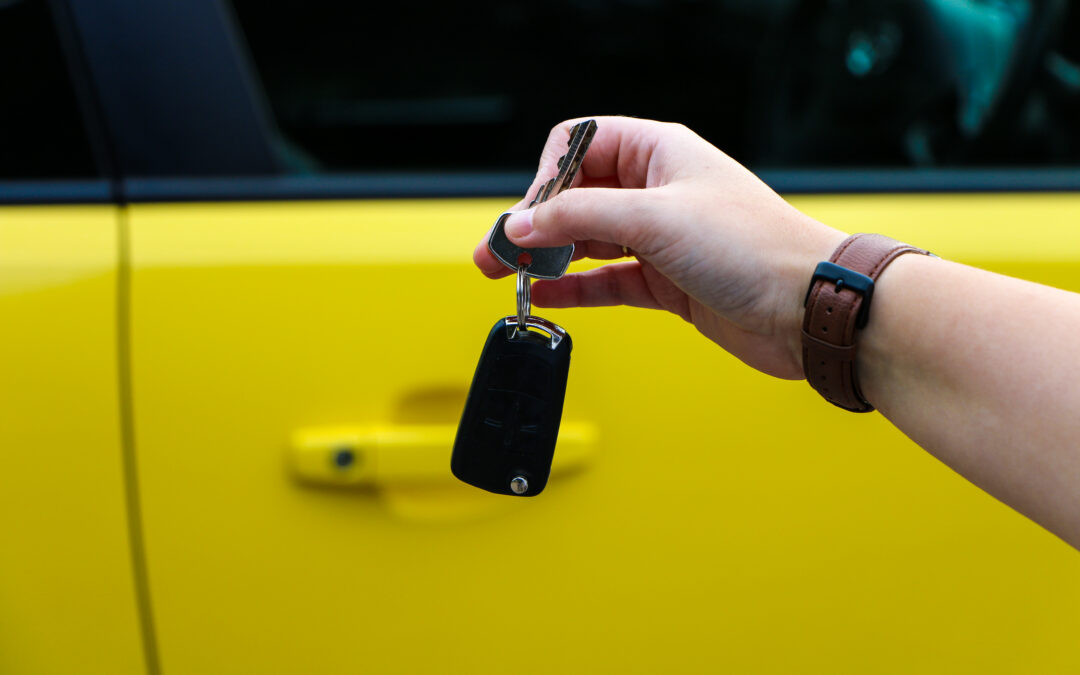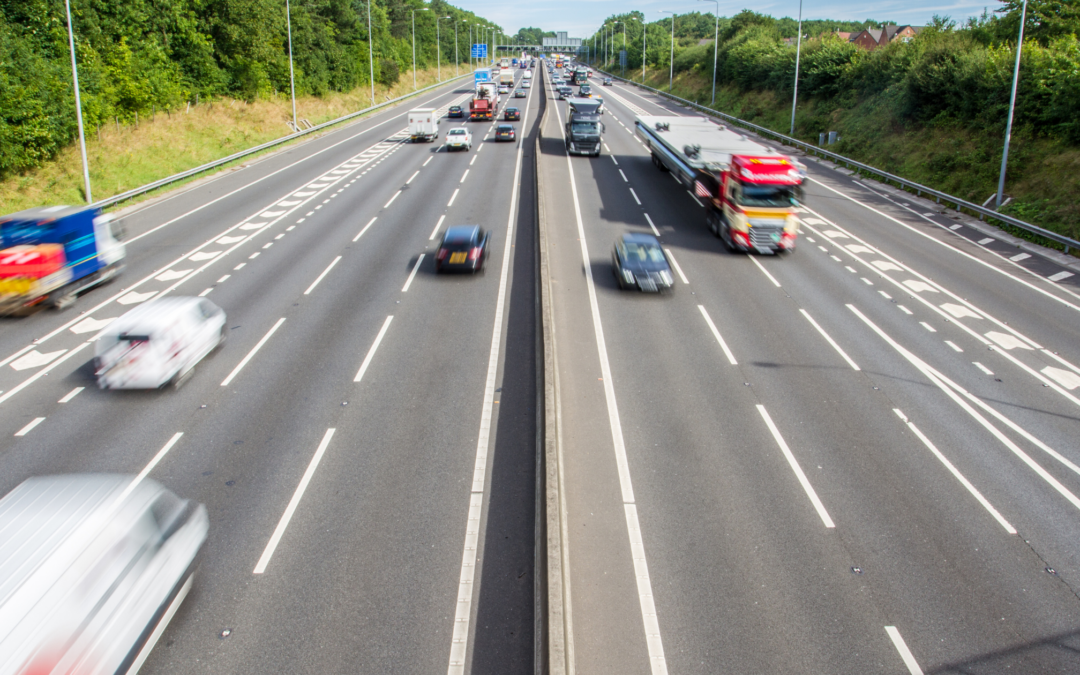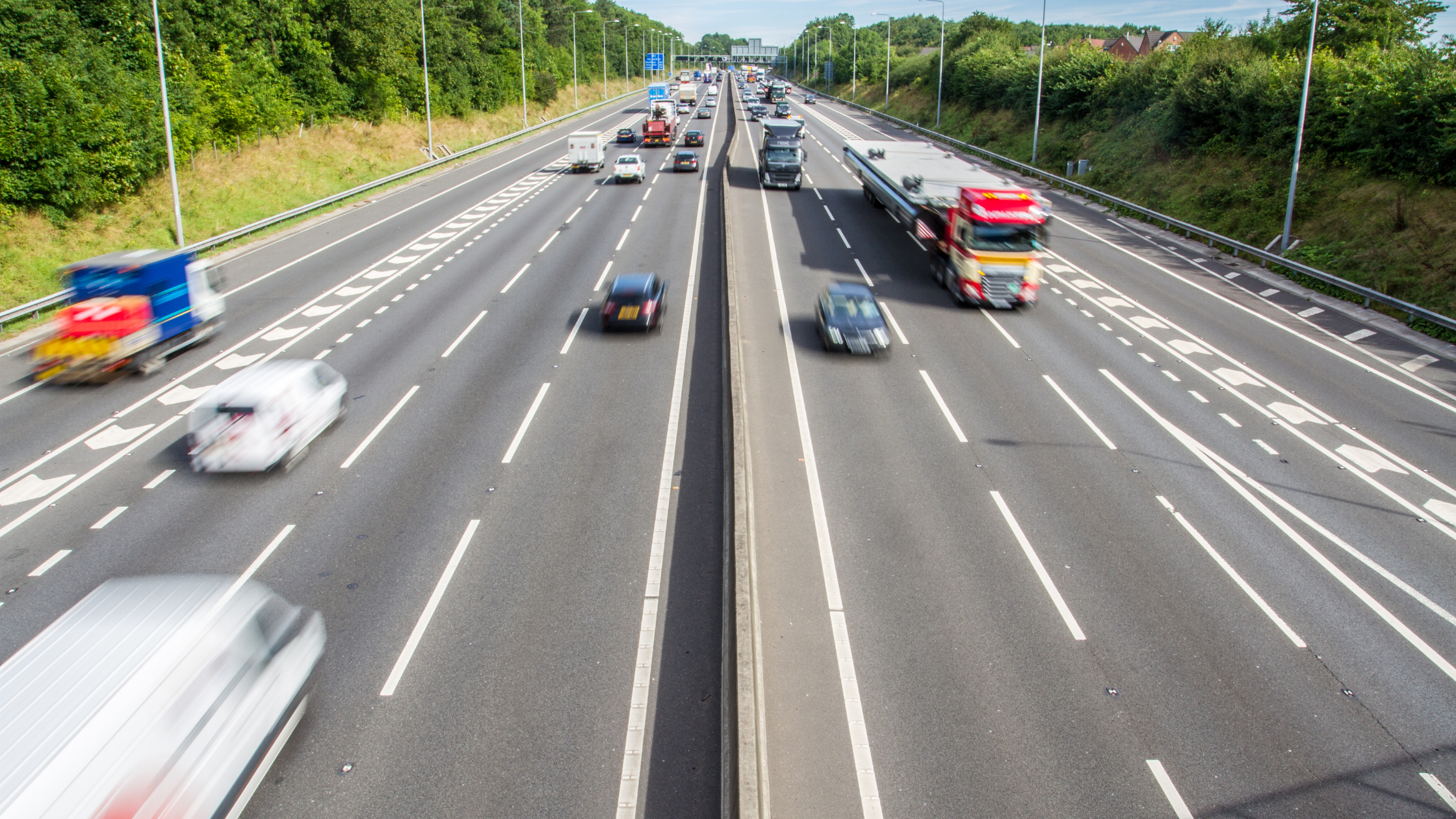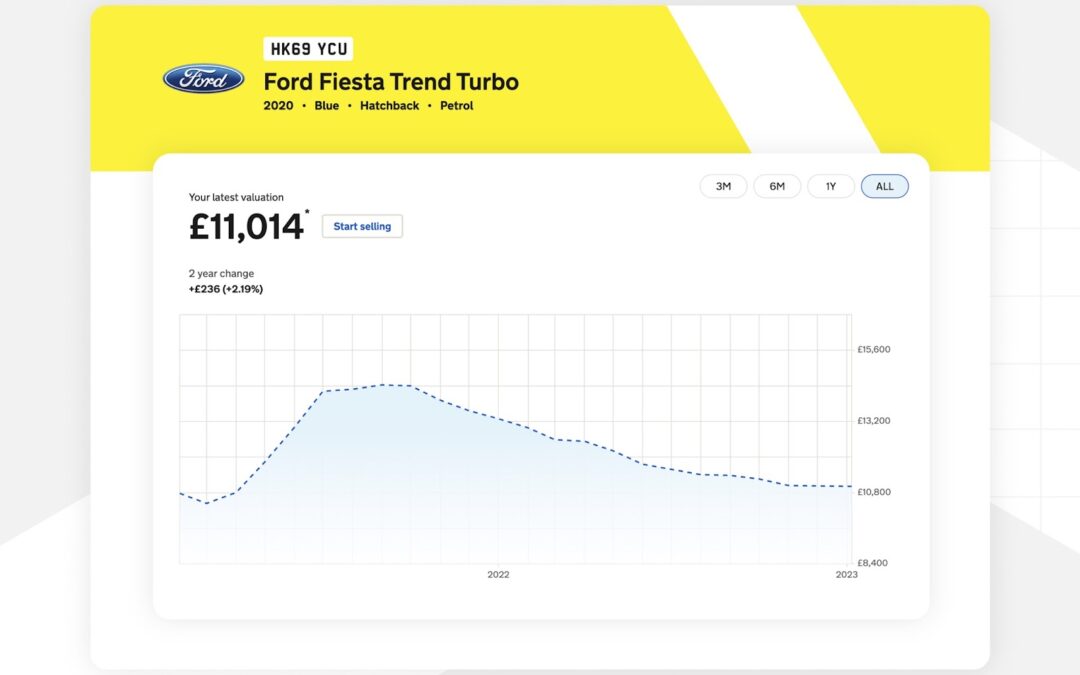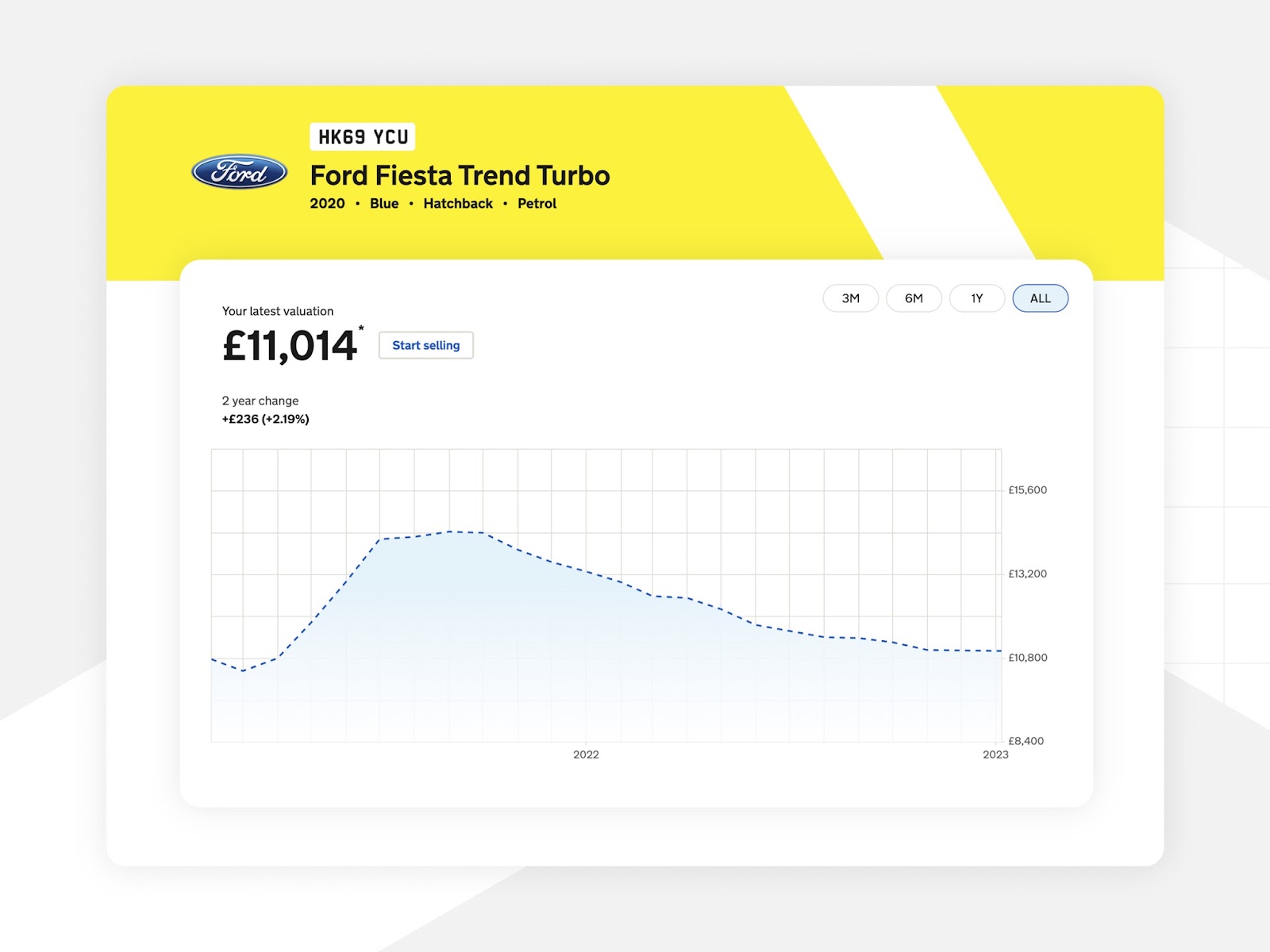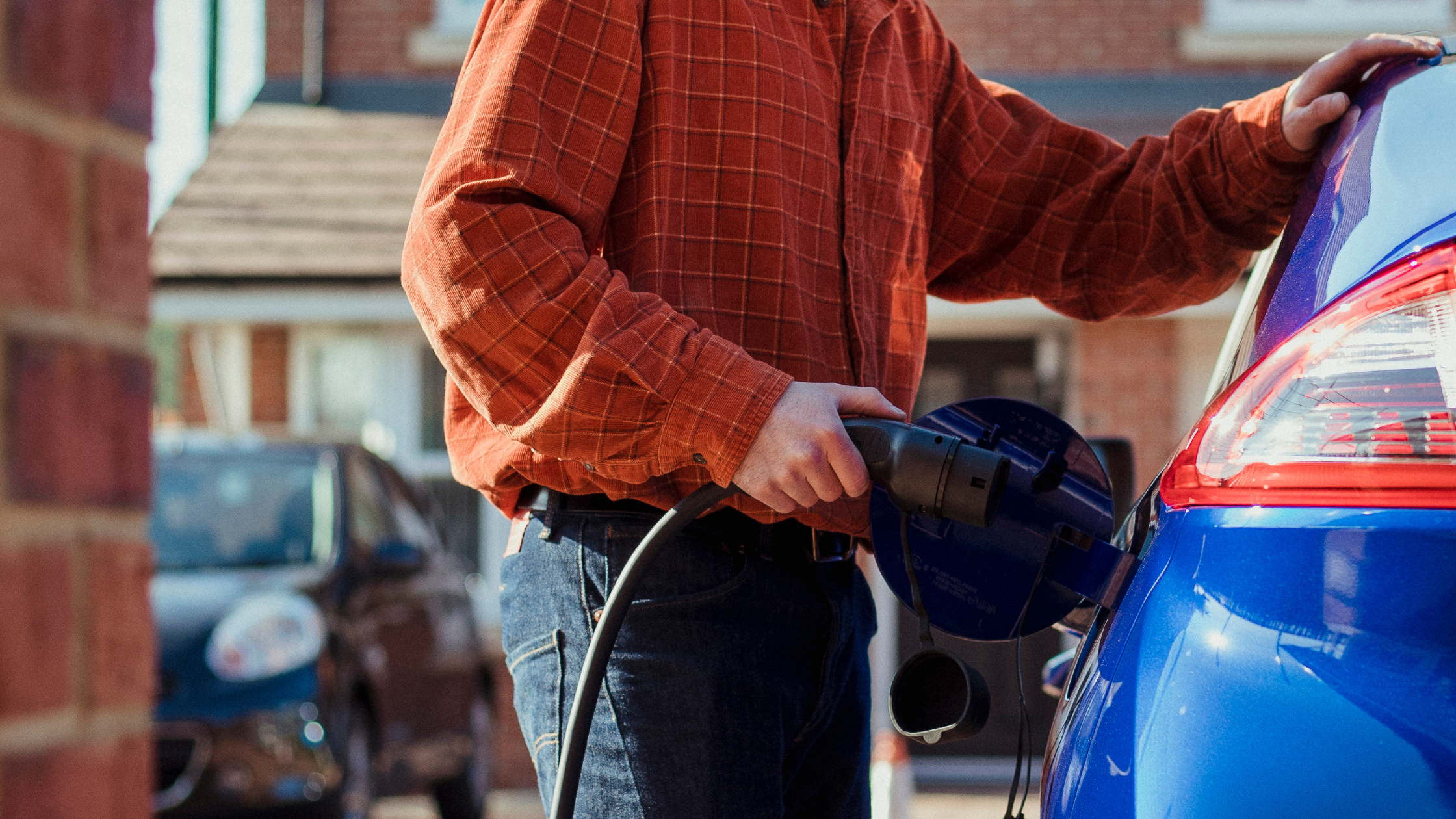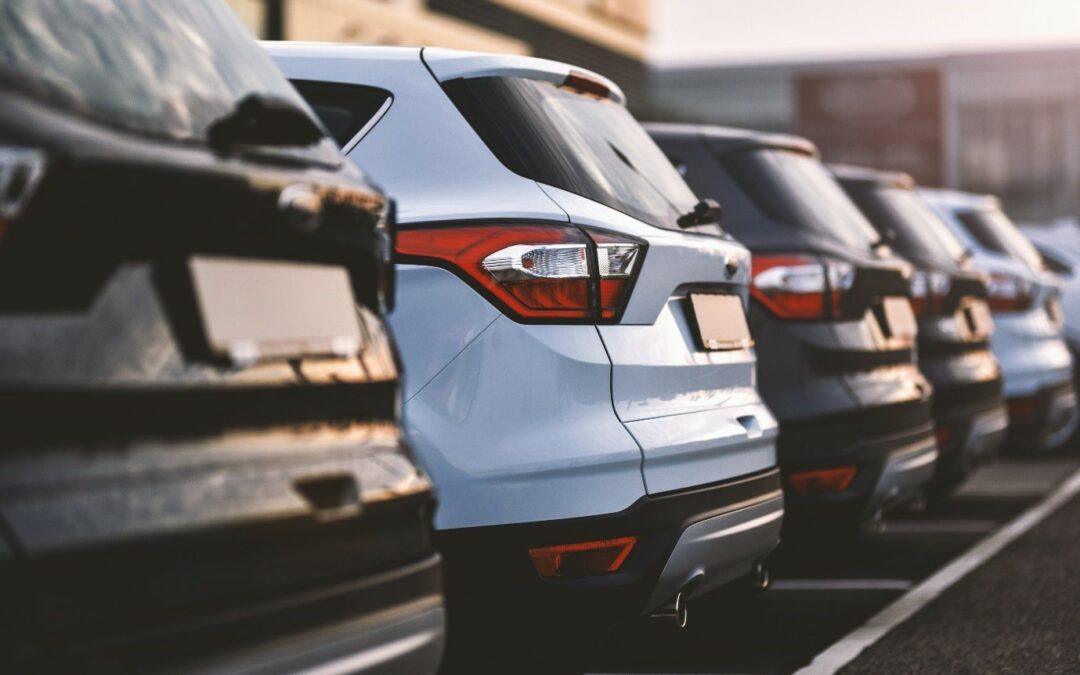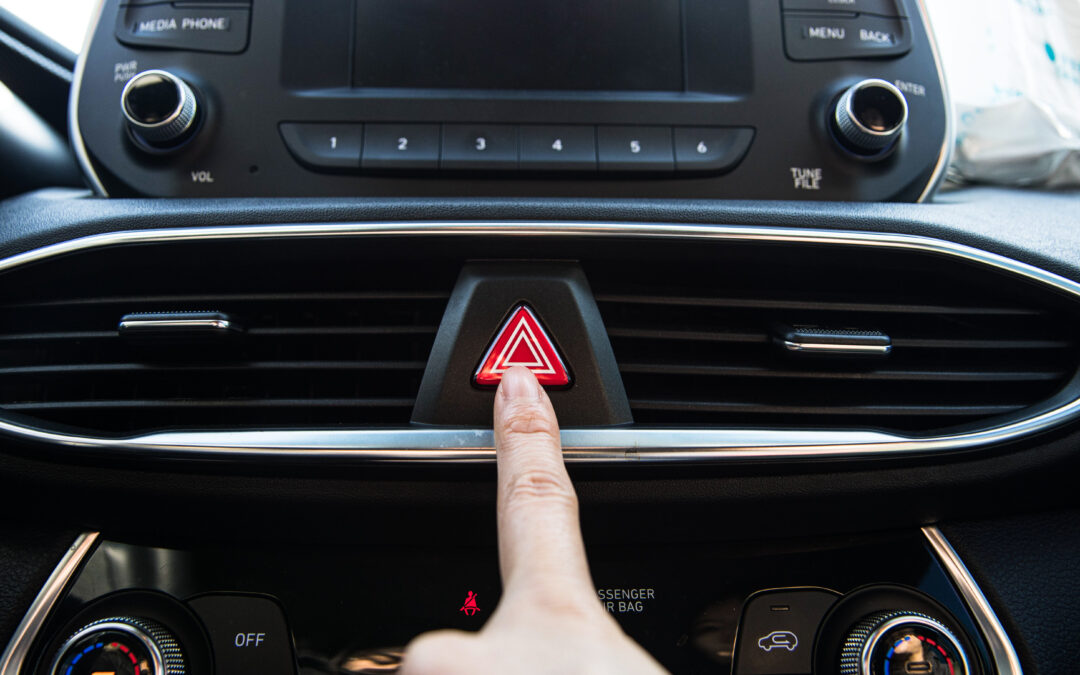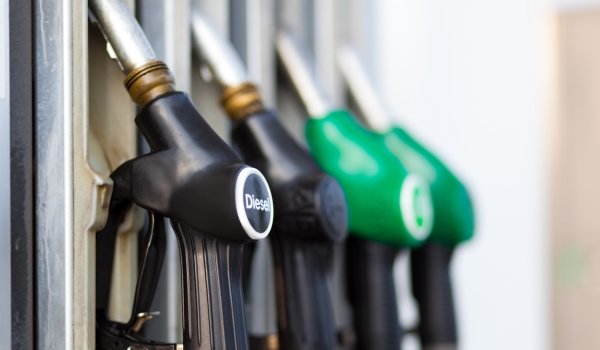
Unleaded Prices Drop to Jan 2022 Level While Diesel Remains Higher
Unleaded prices have continued to fall during 2023, with the average reported price falling below 145ppl for the first time since January 2022. Unleaded prices peaked in the summer of 2022, hitting 190ppl, but have dropped back 24% since July 2022.
Diesel users are not seeing the same reduction at the pumps as prices remain over 161ppl, up from 149ppl in January 2022. Diesel has only dropped by around 15% since the July 2022 peak. As a result, diesel users are paying more than 17ppl more than petrol; this compares to just 4-5ppl a little over a year ago.
However, this difference is reducing. Since the start of 2023, unleaded prices have dropped by 5ppl while diesel prices have dropped back in the region of 10ppl. Reductions in unleaded, diesel and other energy sources have started to help steady the inflation rate.
As well as seeing a reduction in prices, the range of prices is also narrowing. Fuel prices can vary significantly between petrol stations. This variation is especially true when there are significant changes in wholesale prices. As wholesale prices have become more stable, we have seen a reduction in price variations across unleaded and diesel. There has been a 4ppl reduction in this spread since the start of the year. However, shopping around for the best prices can still bring significant savings.

Two major reasons we are seeing this increase in diesel prices compared to unleaded are how we source diesel and unleaded and how diesel demand has grown.
The latest refining figures from gov.uk show the UK refineries produced over 4.1 million tonnes of unleaded in the third quarter of 2022, but the demand was only 2.8 million tonnes, meaning that the UK is a net exporter of unleaded. In comparison, the UK only produced 3.2 million tonnes of diesel but had a demand of 5.7 million tonnes, so it needed to import the shortfall. This can put pressure on the diesel supply chain and result in higher costs. The UK has also shifted away from Russian imports in favour of imports from the Netherlands, Belgium and Kuwait.
In addition, diesel demand increased by 5.2% compared to the third quarter of 2021, while unleaded fell by 3.9%.
Other factors that can influence the prices are refinery and forecourt margins. These continuously change depending on market conditions. Using the PetrolPrices mobile app and website remains the best tool to compare UK fuel prices and help drive competition between fuel retailers.
